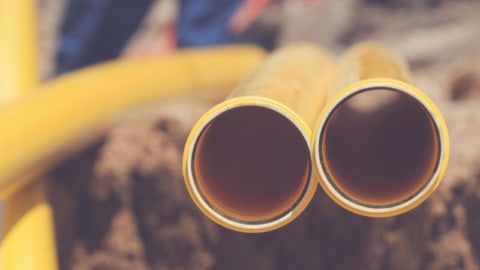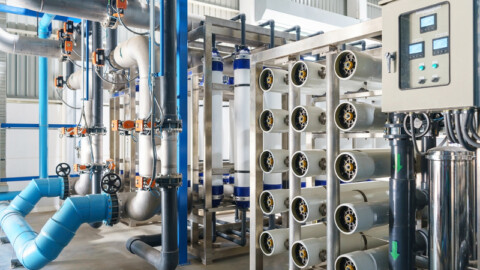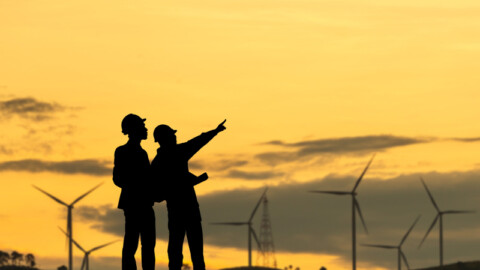Wannon Water’s biggest ever infrastructure project, an upgrade to the Warrnambool Sewage Treatment Plant, is set to help secure future investment and growth across the district.
The Warrnambool Sewage Treatment Plant, located on coastal land west of Warrnambool’s Thunder Point, will be upgraded in a project estimated to cost $30 to $40 million.
The facility is used to treat sewage from a population of nearly 36,000 people across Warrnambool, Koroit and Allansford.
It also receives and treats trade waste from local industries including Warrnambool Cheese and Butter, Midfield Meats, Fonterra’s Dennington plant and the Warrnambool saleyards.
Minister for Water, Lisa Neville, said, “This is a great project that will ensure there is infrastructure in place to handle the Warrnambool region’s growing population while delivering better environmental outcomes.”
Wannon Water Chair, Jacinta Ermacora, said the aim is to ensure the plant has sufficient capacity for a projected increase in sewage volumes while continuing Wannon Water’s responsibility to protect the environment.
“Upgrading this plant will ensure we are doing all we can to protect and enhance the local environment and support the economic growth and prosperity of the Great South Coast region,” Ms Ermacora said.
“The plant currently services nearly 15,000 houses, a figure expected to increase by more than 80 per cent to 25,000 properties in the next 50 years. It is also vital we are able to cater for the growth of our local industries into the future.”
Wannon Water’s Managing Director, Andrew Jeffers, said the region’s importance as a food industry hub meant that demands on the Warrnambool Sewage Treatment Plant were much higher than would normally be expected based purely on population levels.
“While it is successfully meeting current demands, the plant is operating near capacity, treating around 15 million litres of sewage each day,” Mr Jeffers said.
Wannon Water first commissioned a study in late 2015 to investigate ways to cater for future demand by increasing the capacity of Warrnambool’s sewage transfer and treatment facilities by about 40 per cent.
Mr Jeffers said an extensive report detailed a number of solutions, including the construction of a new sewage treatment plant on a range of greenfield sites, upgrading the existing plant and new methods of disposal.
“All options were subjected to rigorous analysis including cost, timing, future flexibility and advice from a variety of specialists. The preferred solution is to upgrade the existing plant, where vacant land is already available, and retain the ocean outfall, which operates under strict licence conditions set by the Environment Protection Authority.
“Engineering consultants have now provided several design options for upgrading the plant and a Stakeholder Reference Group will be established to help us decide the best option for the community as a whole,” Mr Jeffers said.
“Wannon Water is committed to keeping people informed throughout the project. We will be talking with nearby residents, local businesses, industries, recreational users and environmental groups.”
Funding for the preferred option will be listed in Wannon Water’s five-year Pricing Submission to the Essential Services Commission (2018–2023). The design and approvals process will begin in 2018, while construction work is expected to start around 2019 and take two years to complete.













